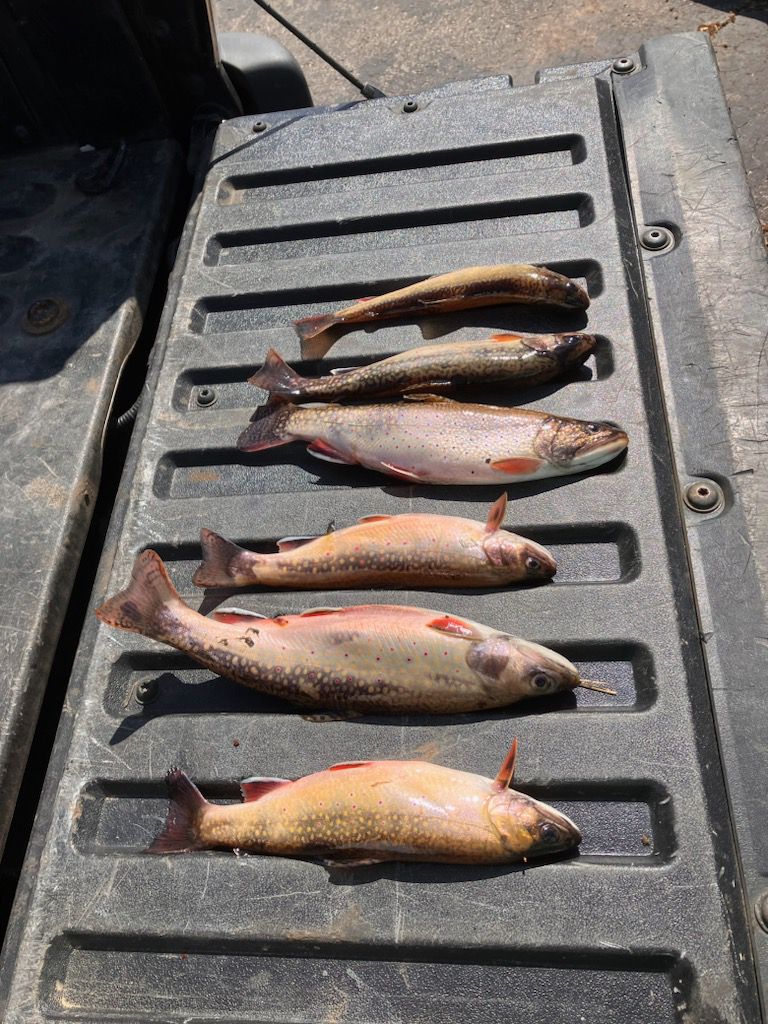There are so many things to prepare before planting to ensure a successful crop. These include soil tests to determine  lime and nutrient applications.
lime and nutrient applications.
In addition, farmers and gardeners must pay particular attention to temperatures, spacing of plants, and the usual concerns regarding light, water, air, fertilizers, and time.
“Lot of rocks hills and sand around here which is not good for planting season,” said Balin Wojtalewicz, an Amherst senior.
Wisconsin’s weather offers unique challenges to farmers and planters. Temperature has the biggest effect on plants because it can’t be too warm and it can’t be too cold; it has to be just right in many cases.
“If we get a bad storm, it will mess up the crops which will in turn make the field a bad profit,” said Jacob Dombrowski, also an Amherst senior.
 Inflation is of particular concern this year. Fertilizer prices in particular have skyrocketed, with some farmers reporting a 300 percent increase in 2022 over the previous year, according to agupdate.com. Some of the biggest problems for family farms nowadays is budgeting their money, but it’s hard for them when they need to buy seeds, equipment and so much more.
Inflation is of particular concern this year. Fertilizer prices in particular have skyrocketed, with some farmers reporting a 300 percent increase in 2022 over the previous year, according to agupdate.com. Some of the biggest problems for family farms nowadays is budgeting their money, but it’s hard for them when they need to buy seeds, equipment and so much more.
“The more you spend maintenancing equipment and stuff like that the less money you are pocketing at the end of the day,” Wojtalewicz said.
 Plowing is done around mid season as farmers plow fields to turn over the uppermost soil, bringing fresh nutrients to the surface while burying weeds and crop remains which are in the process of decay.
Plowing is done around mid season as farmers plow fields to turn over the uppermost soil, bringing fresh nutrients to the surface while burying weeds and crop remains which are in the process of decay.
“Plowing the dirt helps a lot with not having weeds, makes it a lot easier to plant, and gives a lot of oxygen to all the dirt,” said Dombroski.
A farmer’s work never ends. After harvest, there are new concerns. Farmers must then plant new crops, spray, and irrigate. There is always one last flurry of field work to be completed before putting the tractor away for the winter.

































